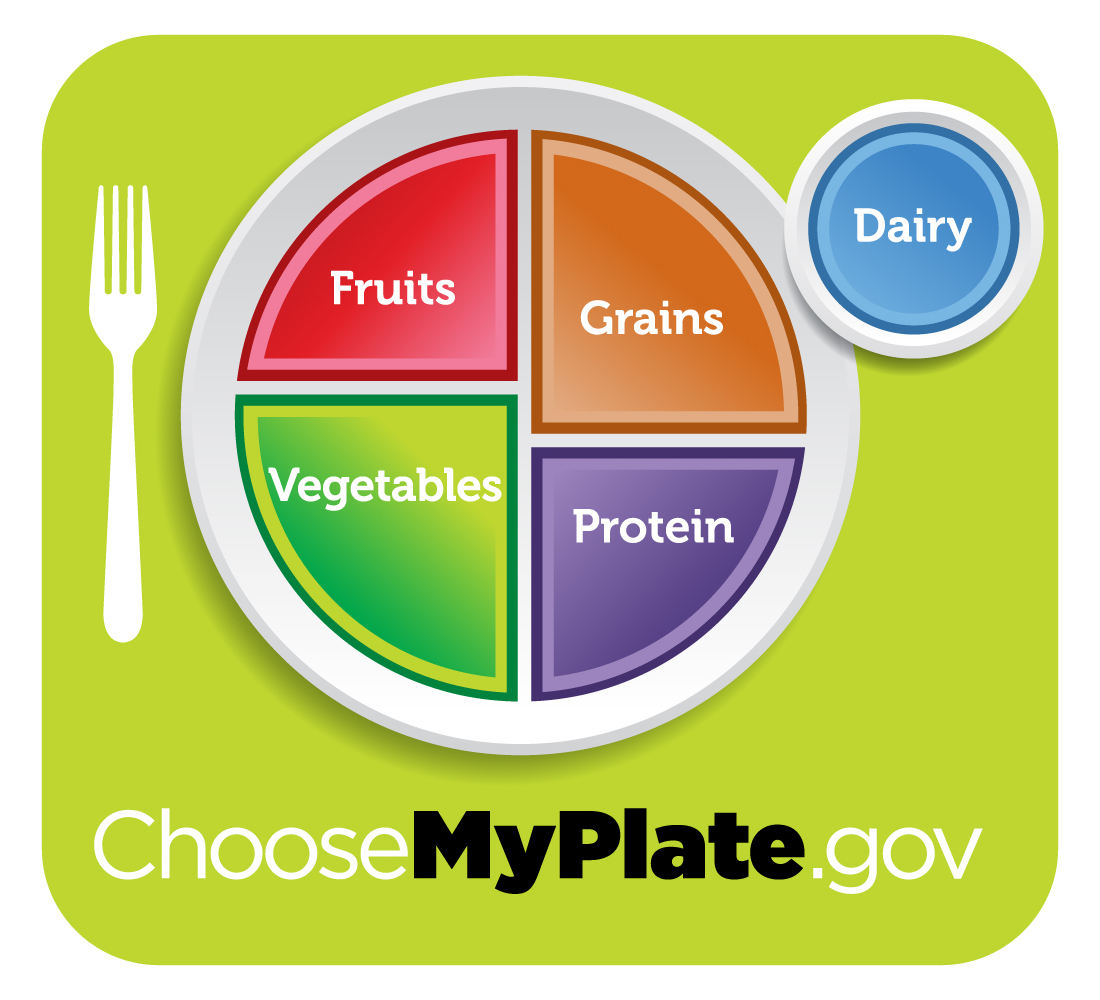AARP Hearing Center
Buh-bye Food Pyramid, We'd Rather Step Up To The Plate
By Candy Sagon, June 2, 2011 02:28 PM

The U.S. Department of Agriculture has announced a new food icon( see my story on Bulletin's Health page) to teach us how to eat more healthfully. No more silly, confusing Food Pyramid. Now it's actually something that has to do with food - a plate.
Called "My Plate," the new, simpler icon features a colorful circle divided into wedges symbolizing the basic food groups - fruits, vegetables, grains and protein. The big news: Fruits and vegetables make up half the plate, while protein has been downgraded to a smaller wedge.
There's also no more confusing stuff about this many ounces of protein or that many servings of carbohydrates. "We wanted something simple and useful. Who's going to measure out three ounces of protein?" asked First Lady Michelle Obama at the press conference announcing the new plate.
This is all very admirable. It's certainly healthy to eat fruits and vegetables. I personally am trying to eat more plant-based foods and limit my animal protein.
Except that as I think about the problems this country has had with E. coli contamination of fresh vegetables (anyone remember the spinach scare a couple years ago?), I can't help wondering if the USDA might want to talk to their friends at the FDA (the U.S. Food and Drug Administration, responsible for testing the produce we buy) and ask them to beef up their efforts at keeping us safe from any nasty bacteria in our veggies.
Or maybe we should ask Congress to give the FDA more money to do more testing of the food we eat? Has anyone been reading the scary reports out of Germany over their E. coli problems from salad vegetables?
But I digress. The good news here for older Americans is that the new plate symbol message is clear, straightforward and relevant to their dietary needs.
Alice Lichtenstein, a professor of nutrition science and policy at Tufts University, calls the plate easier for older adults to apply to their own eating habits.. "Eating more deeply colored fruits and vegetables, which are nutrient-dense and high in fiber, plus more grains is a good idea."
The USDA's new plate is a big improvement over the previous food pyramid, says nutrition expert Marion Nestle of New York University, who has been a vocal critic of past government attempts at nutrition education. She likes the plate's message for those 50 and over because it "is consistent with recommendations for prevention of diabetes, cancer and heart disease."
"It is a unified symbol for all ages," she says.
I'll drink -- a fruit smoothie -- to that.
Image credit: U.S. Department of Agriculture































































